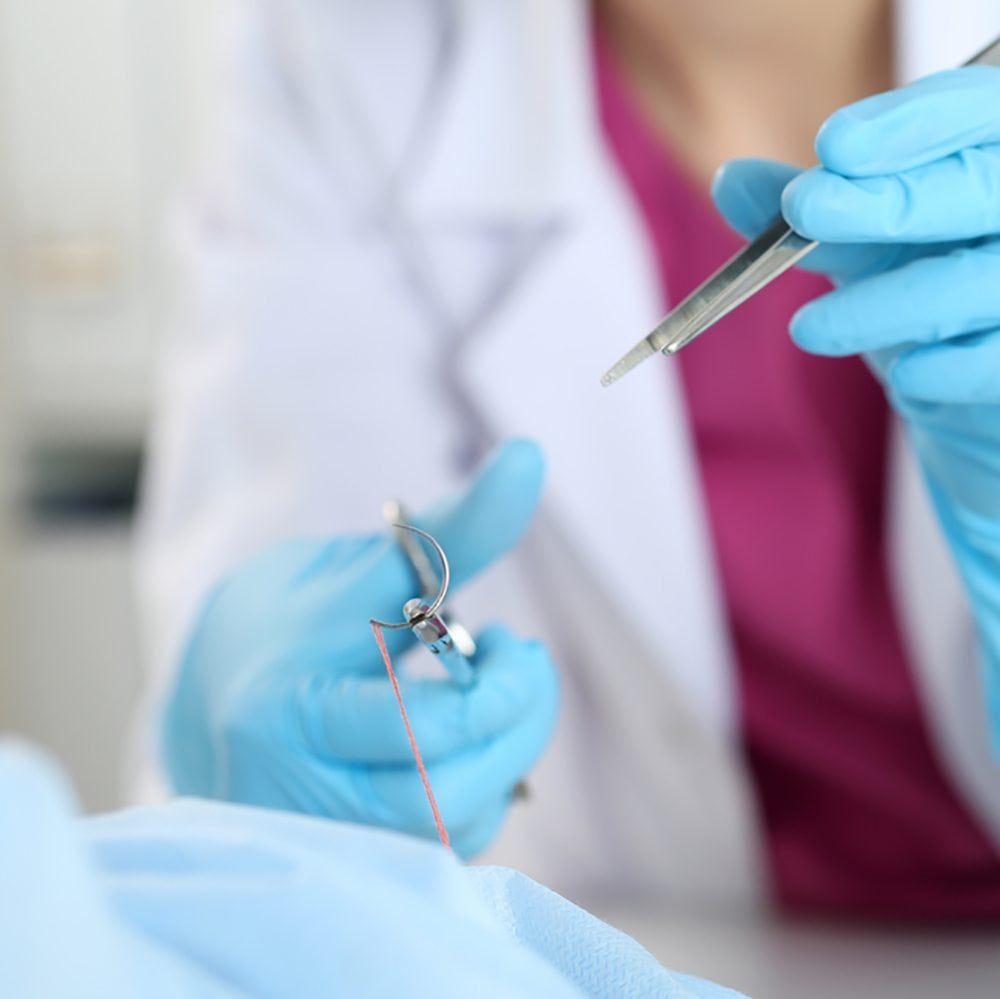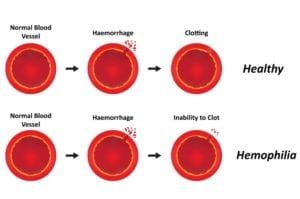Millions of people visit urgent care centers every year for treatment and repair of cuts and lacerations. Doctors have several ways of repairing a wound, depending on the type and extent of a laceration, its location on the body, and the ability of the patient to protect the cut during the healing process. Often, stitches are the answer – working to close wounds, manage bleeding, minimize the risk of infection, and achieve aesthetically appealing recovery with minimal scarring.
Did you know…
they are also known as sutures, stitches are medical thread used to shut a wound and secure it while it heals. How do you know when to visit a urgent care facility for stitches?
- The laceration is located on the face
- You are unable to manage the bleeding after 10 minutes of firm pressure
- The laceration is longer than a half inch
- The laceration is very deep or is gaping open
- The edges of the wound are jagged
Keep in mind that some wounds require medical attention even if they do not need stitches. Examples include puncture wounds, lacerations caused by a rusty object, and wounds caused by an animal.
Frequently Asked Questions
Is there anything I should do at home before I am able to receive urgent care for a laceration?
Yes. The first goal is to control the bleeding by applying firm pressure to the wound for several minutes using a clean cloth. Once bleeding is under control, rinse the wound with clean, cool water to remove any dirt or debris inside it. Cover the area with a bandage or sterile gauze until you can get to an urgent care facility. So long as bleeding is under control, it is safe to wait up to 12 to 18 hours before getting stitches.
What should I expect while getting stitches?
Your doctor will examine the wound for any debris. The laceration site will then be numbed and cleansed, and the edges of the wound pulled together. The stitches are threaded through to each side and tied off with a knot to hold them in place. The number of stitches required depends on the size of the wound.
How will I care for my laceration after receiving stitches?
It is important to keep the stitches clean and dry. You may also be instructed to change your bandage and apply antibiotic ointment periodically. Some stitches – especially those used for deep wounds – are designed to dissolve over time. Others will need to be removed within a 3 and 14 days, depending on the wound.











































































































































































































































































































